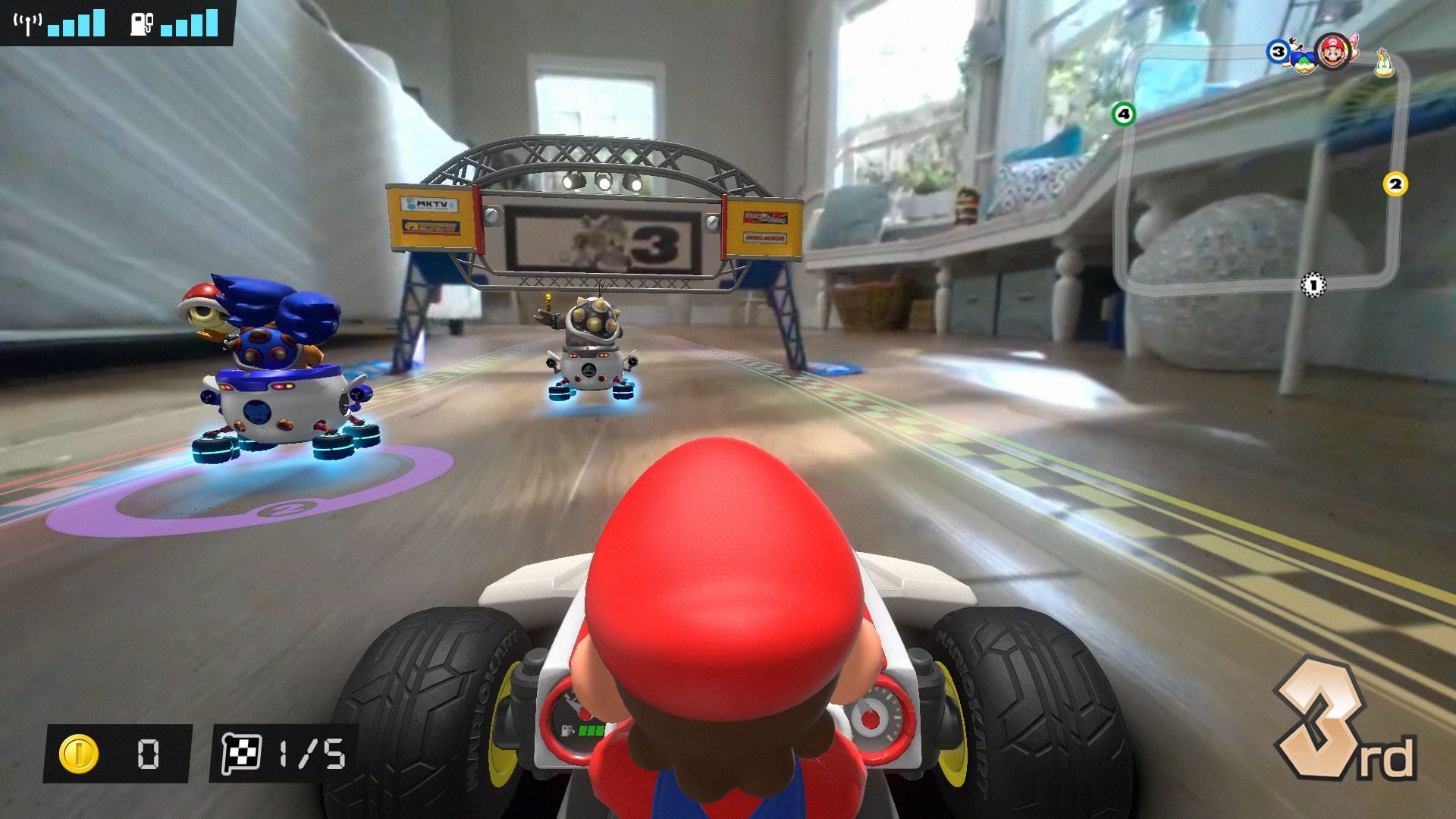
![]() “Trendline” is AR Insider’s series that examines trends and events in spatial computing, and their strategic implications. For an indexed library of spatial computing insights, data, reports and multimedia, subscribe to ARtillery PRO.
“Trendline” is AR Insider’s series that examines trends and events in spatial computing, and their strategic implications. For an indexed library of spatial computing insights, data, reports and multimedia, subscribe to ARtillery PRO.
Could AR’s eventual killer apps deviate from the technology’s common connotations? And could they germinate outside of the AR industry bubble? Put another way, will we see experiences that move beyond overlays of Pikachu and dog ears to other forms of “augmentation?”
Insightful writing on this topic has come from Doug Thompson, who theorizes the “pop principle” in Apple’s trajectory. This envisions overlays that are less about world-immersive graphical fodder and more about improving human vision or brightening your day with high dynamic range.
Broadening this principle, “audio AR” activates subtle audible cues that make you more intelligent about your surroundings. Potentially developed on an iOS-orbiting SDK like ARkit, these could be standalone audio experiences and/or sensory enhancements to an optical AR system.
This holistic sensory augmentation is the next likely chapter in Apple’s signature multi-device ecosystem playbook. It’s already gotten started by conditioning all-day wearables through semi-ubiquitous Watch and AirPods. Heck, AirPods Pro already have spatial audio.
The Race is On
Though it doesn’t deviate as far as the above examples, the latest example of “broadened-AR” is Nintendo’s Mario Kart Live: Home Circuit. It lets users experience an AR-fueled first-person racing game using a Nintendo Switch and camera-enabled RC karts that zip around your room.
In other words, players race a physical RC kart around a track using a Nintendo Switch to control and see the car’s first-person perspective. In addition to real world-elements in the physical track and your room (table legs, etc.), players encounter AR overlays throughout the racecourse.
The way it works is users set up a racecourse around their physical space using kit pieces. Four gates enable customized courses which can then be traversed a few times to calibrate the car’s sensors. Kit pieces also have markers that prompt digital actions when karts encounter them.
Those actions include obstacles, competitors, coins, and other signature Mario Kart elements (see video below). Races can be played with up to four players, but a physical kart is required ($100). The Velan Studios-developed game is free to download from the Nintendo store.
Invested & Engaged
So what makes this a novel form of AR that transcends common connotations? Mobile AR as we know it generally involves a passthrough view from an upheld camera. So the AR subjects (physical world items) are in a user’s line of sight, adorned in some way with graphics.
Mario Kart Live conversely renders AR graphics on a Nintendo Switch based on the physical activity of a second remote-controlled device. This physical-digital fusion is the definition of AR, yet it’s a reinvented flavor we haven’t seen yet, with the possible exception of drone-based AR.
The extent of that digital-physical interaction is also new. Karts’ physical movements activate AR elements (if you crash into a table leg, digital coins fly everywhere), and vice-versa. Graphical game elements (think: sand storms) impact the speed and steering of the physical kart.
Panning back, the end-to-end experience involves activities such as setting up the course. This Nintendo Labo-esque process brings education into the mix by teaching kids (and adults) about AR as they build the marker-based experience, thus feeling more invested and engaged.

Point of Origin
The other lesson here is that AR killer apps could germinate outside of the AR industry. Could it take the perspective of a non-AR company to know what its users want, and integrate “AR-as-a-Feature?” AR’s unproven status renders it more successful when it piggybacks on other things.
The proof behind this principle can be seen in the most popular forms of AR to date: Snapchat lenses and Pokémon Go. Niantic AR lead Ross Finman often states that AR is a technology, not an app. And Pokémon Go’s success is partly due to adding the right dash of AR in its UX recipe.
Similarly, a horse we continue to bet on is visual search. Sort of a cousin of AR, its “search what you see” proposition has killer-app ingredients in that it’s high-frequency and mainstream-friendly (just like search itself). And like Pokémon Go and Snapchat lenses, it isn’t labeled “AR.”
Bottom line: AR formats that deviate from common connotations and tech-acronymed naming could have the best shot at mainstream traction. Apple’s mainstream Midas touch could be the biggest catalyst. But meanwhile, leave it to Nintendo to bring us a reinvented flavor of AR magic.





